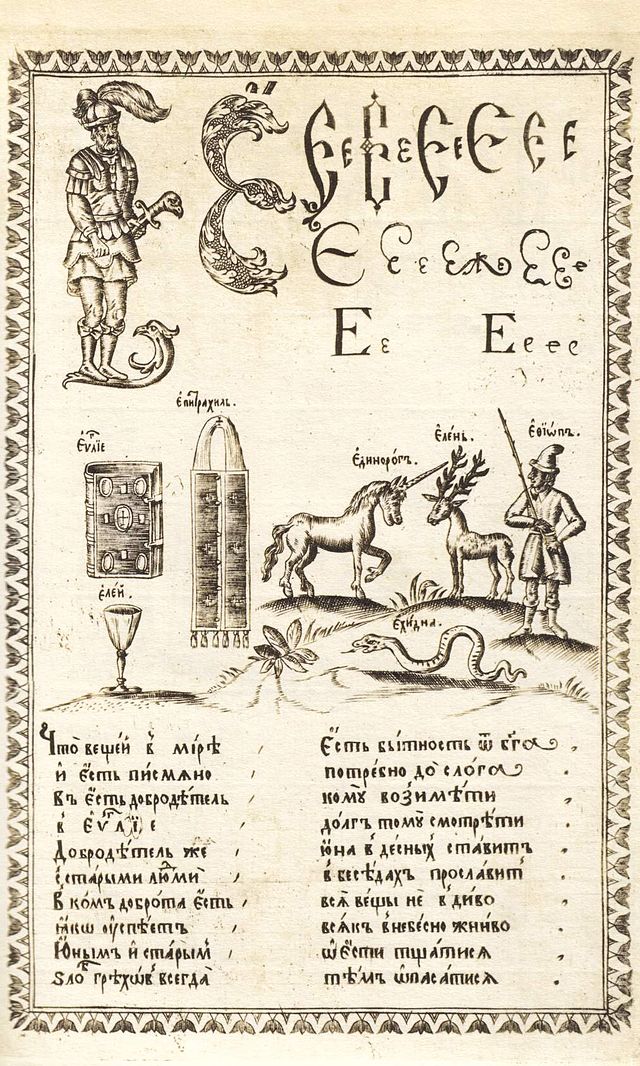Е
Ye (Cyrillic)
Cyrillic letter
E (Е е; italics: Е е), known in Russian and Belarusian as Ye, Je, or Ie, is a letter of the Cyrillic script. In some languages this letter is called E. It commonly represents the vowel [e] or [ɛ], like the pronunciation of ⟨e⟩ in "yes". It was derived from the Greek letter epsilon (Ε ε), and the shape is very similar to the Latin letter E or another version of E (Cyrillic).
This article needs additional citations for verification. (February 2007) |

Ye is romanized using the Latin letter E for Bulgarian, Serbian, Macedonian, Ukrainian and Rusyn, and occasionally Russian (Озеро Байкал, Ozero Baykal), Je for Belarusian (Заслаўе, Zaslaŭje), Ye for Russian (Европа, Yevropa), and Ie occasionally for Russian (Днепр, Dniepr) and Belarusian (Маладзе́чна, Maladziečna).
